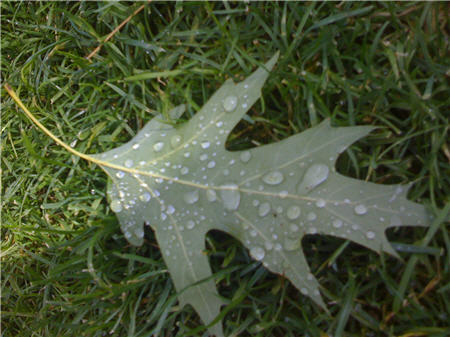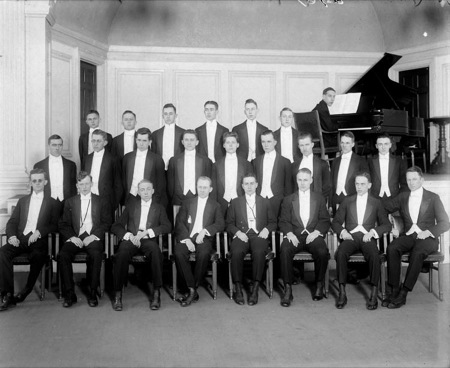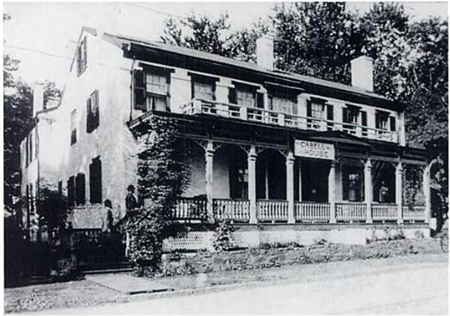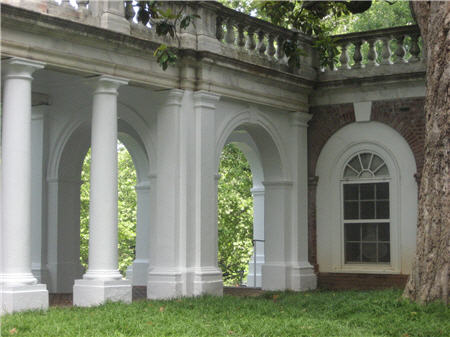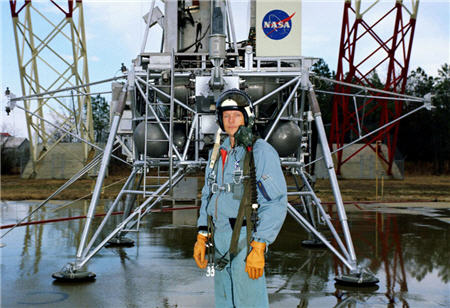
The anniversary of the first moon landing, on July 20, 1969, is always a special occasion for me. It’s my dad’s birthday too, and he was a NASA employee for over 30 years, so the story of the space program is the story of my childhood. I was too young to watch any of the moon landings on TV–hell, Apollo 17 took off when I was 5 days old, and the last Skylab mission happened when I was only 18 months old. But I was always hanging out at NASA Langley with Dad, whether it was for mundane reasons (eating lunch in the cafeteria, playing on the playground, going to the Visitors Center, now the Virginia Air and Space Center) or for historic occasions. I was in the main auditorium with Dad when the videos from the first Voyager flybys of Saturn came in, and for other flybys. And I feel a deep sense of family connection to the space program as a whole.
But I had never seen the photo reproduced above until today. When I was a summer intern at NASA Langley in 1992, I drove alongside what looked like a massive abandoned facility. Red girders above, cracked tan pavement below, weeds around. “It was the Lunar Landing Research Facility,” my dad told me. Apparently they suspended a mockup of the lander from the girders to simulate moon gravity, and the astronaut or research pilot would practice piloting it. I never actually saw a period photo of the facility, though, until today’s Boston.com Big Picture feature, which includes the photo reproduced above of Neil Armstrong at the LLRF. The facility is apparently still in use today for “impact testing” (crashing) aircraft. (More details about the LLRF and Langley’s other contributions here).
I suppose this attachment to NASA explains my visceral reaction to the ongoing “moon landing hoax” foolishness (I would have been right alongside Buzz Aldrin in punching Bart Sibrel in the face). Thanks to Bad Astronomer Phil Plait for his many good humored but thorough debunking blog posts on the subject.
In the meantime, I’m enjoying the non-hoax-related coverage of the anniversary, including @AP11_CAPCOM, @AP11_SPACECRAFT, and @AP11_EAGLE on Twitter. You may want to follow @AP11_MOON as well.

